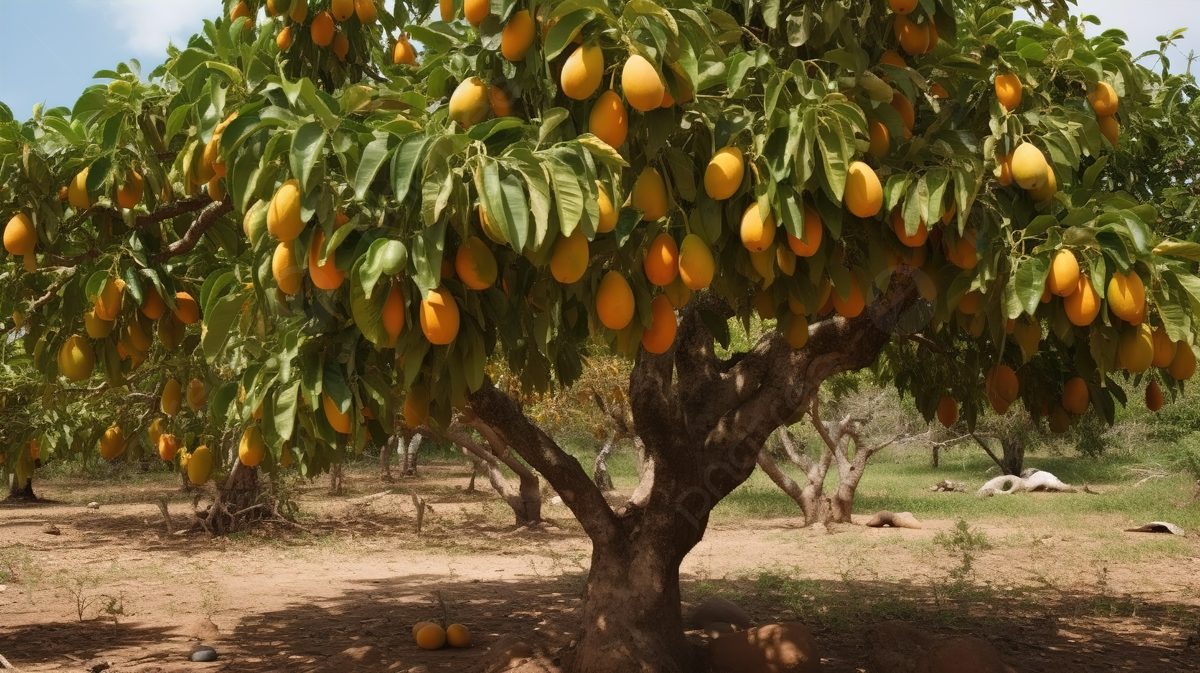
Mango
Mangifera indica
Basic Information
🌿 Family: Anacardiaceae🗺️ Zone: 10-11
Other Names:
- None
🌡️ Ideal Temperature : 70°F°F – 85°F°F
🔥 Heat Tolerance: Up to 100°F°F
❄️ Cold Tolerance: Down to 40°F°F
🌱 Type: Perennial
Layers
- Canopy
Description
Mango is a large, evergreen tree native to South Asia, capable of reaching heights of 15-30 meters (50-100 feet). It has a dense canopy of glossy, dark green leaves and produces fragrant, small white flowers. The fruit is a fleshy drupe, varying in size and color, with a sweet, juicy, orange-yellow flesh surrounding a large seed.
🌞💧 Sun and Water Requirements:
Mango trees prefer full sun and well-drained, slightly acidic to neutral soils rich in organic matter. They are drought-tolerant once established but benefit from regular watering during dry periods.
✂️🫘 Methods to Propagate:
Propagation is typically through grafting to ensure desirable fruit characteristics. Seed propagation is possible but may not produce true-to-type fruit. Grafting involves joining a scion from a desired variety onto a rootstock.
🧑🌾👩🌾 When to Harvest:
Harvesting occurs when fruits mature and develop full coloration, usually in late spring to summer. Mature fruits emit a sweet fragrance and yield slightly to gentle pressure.
Purpose
- Edible: Mangoes are consumed fresh, dried, or used in a variety of culinary applications, including desserts, beverages, and savory dishes.
- Medicinal: Various parts of the mango tree have been used in traditional medicine to treat ailments such as diarrhea, dysentery, and respiratory issues.
- Wildlife Attractor: The tree provides habitat and food for various bird species and pollinators.
- Windbreaker: Its dense foliage and substantial size make it effective as a windbreak in agricultural settings.
- Border Plant: Mango trees can serve as property markers or boundary plants due to their longevity and size.